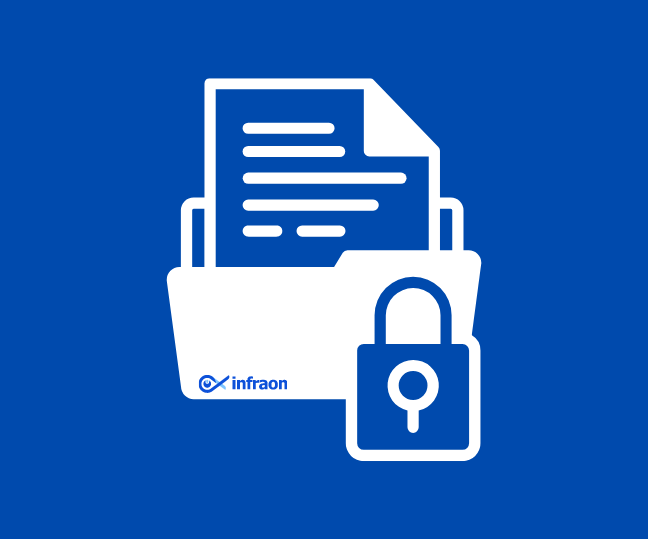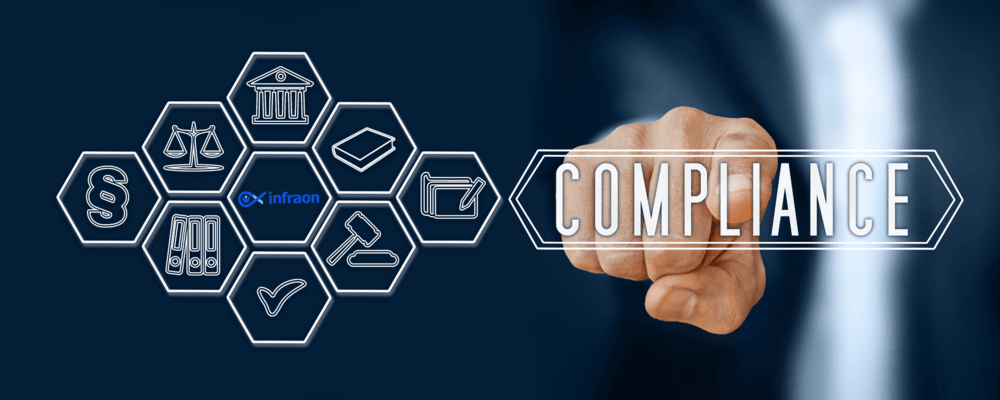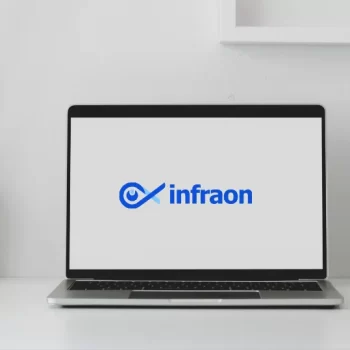Businesses in each industry abide by the laws and regulations established by governments and regulatory agencies. In addition, the organization may also adopt policies for its internal operations. Failure to comply with responsible asset management compliance can adversely affect an organization.
Asset management compliance may be described as the management of assets under the necessary standards of the specific business sector. Asset management is keeping and maintaining assets in optimal condition throughout the asset’s lifecycle.

What is Asset Management Compliance?
Asset management compliance is necessary to manage assets under industry standards. A company must abide by all applicable laws, rules, and internal policies. Asset management compliance guarantees that the business abides by the regulations set forth by the relevant authorities.
Asset Management Compliance gives organizations a thorough report of assets, increases your chances of hitting the target, and informs you of your progress to date.
If a company violates industry laws and regulations, you may be held liable for paying a fine, especially if the violation is discovered through asset audits. Financial repercussions may emerge from fines imposed if the transgression is found, as can occur during an asset audit conducted by an outside agency. Additionally, ineffective compliance activities concerning asset management may result in safety and security worries that could damage the company’s reputation, which would have detrimental effects on both employee and customer retention.
Types of Asset Management Compliance:
Internal Compliance:
Internal compliance can be defined as the creation, establishing, and adherence by an organization to its rules and regulations for the prudent management of its assets. An organization should implement efficient internal asset management compliance measures to guarantee that staff members track and care for the organization’s assets in the best manner feasible. It also ensures that the organization’s product or service is of the highest quality.
Departments under the organization may be obliged to retain all pertinent papers and records as an example of internal asset management compliance to avoid any problems during an audit.
External Compliance:
The goal of external asset management compliance is to confirm that the organization in question is conducting business in accordance with the guidelines and standards expected of companies in their sector. Following rules established by external legal or regulatory agencies are also known as external compliance.
For investors to feel confident while investing in the company, external compliance also double-checks the financial records to ensure they are accurate and in line with the law.
External compliance also ensures that your company complies with industry regulations and protocol. These include ensuring the appropriate safety precautions are taken to protect employees and that the organization has a formal system in place for asset management that consists of the necessary paperwork.

Asset Management Compliance Checklist:
Software Asset Management:
As one of the essential elements of IT Asset Management, demand, and interest for Software Asset Management (SAM) have significantly increased in recent years. The need for established specialized personnel in SAM is today deemed to be considerable.
By actively monitoring and automating the purchase, use, and deployment of software licenses and subscriptions, SAM helps businesses maximize their budgets. The number of active licenses each IT administrator has for each software vendor is determined using software asset tracking tools. It also lists any software licensing infractions from employees or independent contractors working on the asset.
Hardware Asset Management:
Hardware Asset Management (HAM) manages physical assets, including laptops, printers, and computer networks, from asset acquisition to asset retirement. Thanks to the HAM solution, administrators will have total insight into every hardware asset, including its allocation, condition, and other details.
Businesses that adopt Hardware Asset Management as a discipline usually experience increased business agility, asset longevity, operational efficiency, and lower costs.
In addition to increasing business agility, asset lifecycle management, asset stock, and inventory module, vendor management, access control, and location monitoring are all available to your firm through HAM.
Software License Management:
Monitoring the condition of a company’s software assets is called software licensing management. To ensure that all your licenses are up to date and comply with legal requirements, it also keeps track of your software assets during their full existence. It allows your vendors to evaluate how the product is being used and confirm that all contracts are in place and adhere to the terms and conditions.
Software licensing management, which entails reducing and controlling the organization’s IT costs, allows for monitoring the documentation required for all license agreements. In addition to ensuring compliance with end-user license agreements, effective software license management software can help avoid penalties for missing license renewal deadlines.
Asset Lifecycle Management:
The entire lifecycle of an IT asset, including its procurement, assignment, supervision, maintenance, and disposal, is covered by IT asset lifecycle management. It consists of your business’s hardware, SaaS, and cloud infrastructure. IT asset lifecycle management keeps track of all network-connected IT assets, helps to categorize them, and determines whether they are on-site or in the cloud.
Enterprises must employ IT asset lifecycle management for precise planning and proactive decision-making. It is an affordable, centralized platform with simplified provisioning that integrates ITSM solutions to monitor maintenance trends and improve asset and warranty performance.
Incident Management:
When an unexpected problem disrupts regular IT operations, an incident occurs. It’s important how your IT operations team manages incidents, particularly how quickly and efficiently they can identify, diagnose, and fix the underlying problems.
Using incident management, you can identify potential causes and consequences, add utilities or scripts to fix a problem, evaluate progress, and assign cases to other people for resolution. Additionally, you can add automated fixes or proposed fixes for a certain kind of problem or compile your incident annotations into an incident knowledge base.
Fixed Asset Management:
Businesses with international operations need fixed asset management software since it helps to synchronize their worldwide inventory and makes it manageable from a single location. It supports businesses in acquiring, monitoring, and disposing of their physical assets.
Fixed asset management can benefit firms in the long run by boosting asset ROI and lowering maintenance expenses. Additionally, it aids the organization’s integrated asset tracking processes, security measures to avoid safety or compliance lapses, improved operational performance, and asset monitoring.
Utility Asset Management:
Assets in your company are tracked by Utility Management, including used and underused assets. Additionally, when usage surpasses the selected parameter value, it alerts and warns you. By monitoring consumption and reducing excessive utility use and waste, this software can help you take control and reduce your electricity costs. It offers a number of benefits, including utility reporting, alarms and warnings for usage, and utility monitoring and tracking.
Asset performance management (APM), which uses data analytics, condition monitoring, and predictive maintenance, enhances asset management to enable better operational decisions. Using a utility asset management system with APM capabilities decreases the risk of equipment failure, and equipment life is optimized.
Asset Risk Management:
Not all risks in your company’s operations will be eliminated unless using an effective asset risk management strategy. It is a technique that considers all of your company’s assets, including employees, financial resources, and tangible and intangible assets. It outlines all potential risks while assisting you in making the right decision for your company.
Risk-based asset management ensures that businesses spend their budgets on their asset base in a way that maximizes company value. Core business values that direct asset management decisions include safety, finance, quality, and reputation. Asset-intensive companies can use risk-based asset management to understand the threats to their company value better.
Portfolio Management:
In order to optimize value, effective portfolio management aggressively manages risk across all of your investments. Organizations can now select between managing assets on an individual basis or across a variety of investments to maximize overall portfolio value. Key tactics to successfully migrate to a holistic portfolio analysis strategy are a systematic evaluation process, the capacity to resolve issues, and regulatory and investor reporting.
How an Asset management tool helps you comply with asset management compliances?
Maintaining assets compliance and work procedures can be challenging as the legal landscape constantly changes.
A dynamic asset management compliance system allows you to consolidate all your compliance operations in one place and manage it in one go. With asset management compliance software, you can keep your personnel in the loop with your most recent developments, compliance protocols under control, and your business growth.
Additionally, ask your legal department to keep an eye on changes in the regulatory landscape. Motivate them to collaborate with the compliance team so they may adjust their plans in light of the most recent industry best practices.
Conclusion:
Any effective asset management software solution will significantly reduce your organization’s daily compliance issues, including the effectiveness of your operations, monitoring your assets, and offering data to aid in improved decision-making.
However, if an organization doesn’t follow the guidelines, they run into trouble. Using asset management software can easily avoid all these problems and difficulties. The cloud-based software architecture ensures data security, prevents any possibility of a data breach, and maintains multi-layered data protection in encrypted form.
The process of obtaining effective asset management compliance will probably get more difficult as your organization expands. Acting fast and utilizing an appropriately complete asset management compliance platform will make it simpler for your company to meet the compliance requirements. It also preserves the integrity of your brand and makes investing risk-free for investors.
Frequently Asked Questions (FAQs)
What is Asset Non-Compliance?
Failing to adhere to laws and losing track of IT assets and license agreements is a major issue because non-compliance costs increase yearly. Organizations today must monitor local and national business standards and international regulations like the EU’s General Data Protection Regulation (GDPR), which is why non-compliance is on the rise.
In a virtual licensing environment, non-compliance can occur for a variety of reasons, including excessive license use, complicated software license agreements, account sharing, etc. Unexpected costs, prompt audits, reputational concerns, and security breach dangers emerge from non-compliance.
Who Regulates Asset Management Compliance?
The financial industry relies heavily on regulation. Oversight aids in the free flow of capital throughout the market. However, it also protects consumers’ and investors’ interests by shielding them from excessive risk and fraud at the hands of unscrupulous professionals.
Organizations that aid in compliance include the United States Food and Drug Administration (FDA), the Securities and Exchange Commission (SEC), Financial Industry Regulatory Authority (FINRA), Indian Standards Institute (ISI), HIPAA (The Health Insurance Portability and Accountability Act), and the Federal Information Security Management Act (FISMA).



















